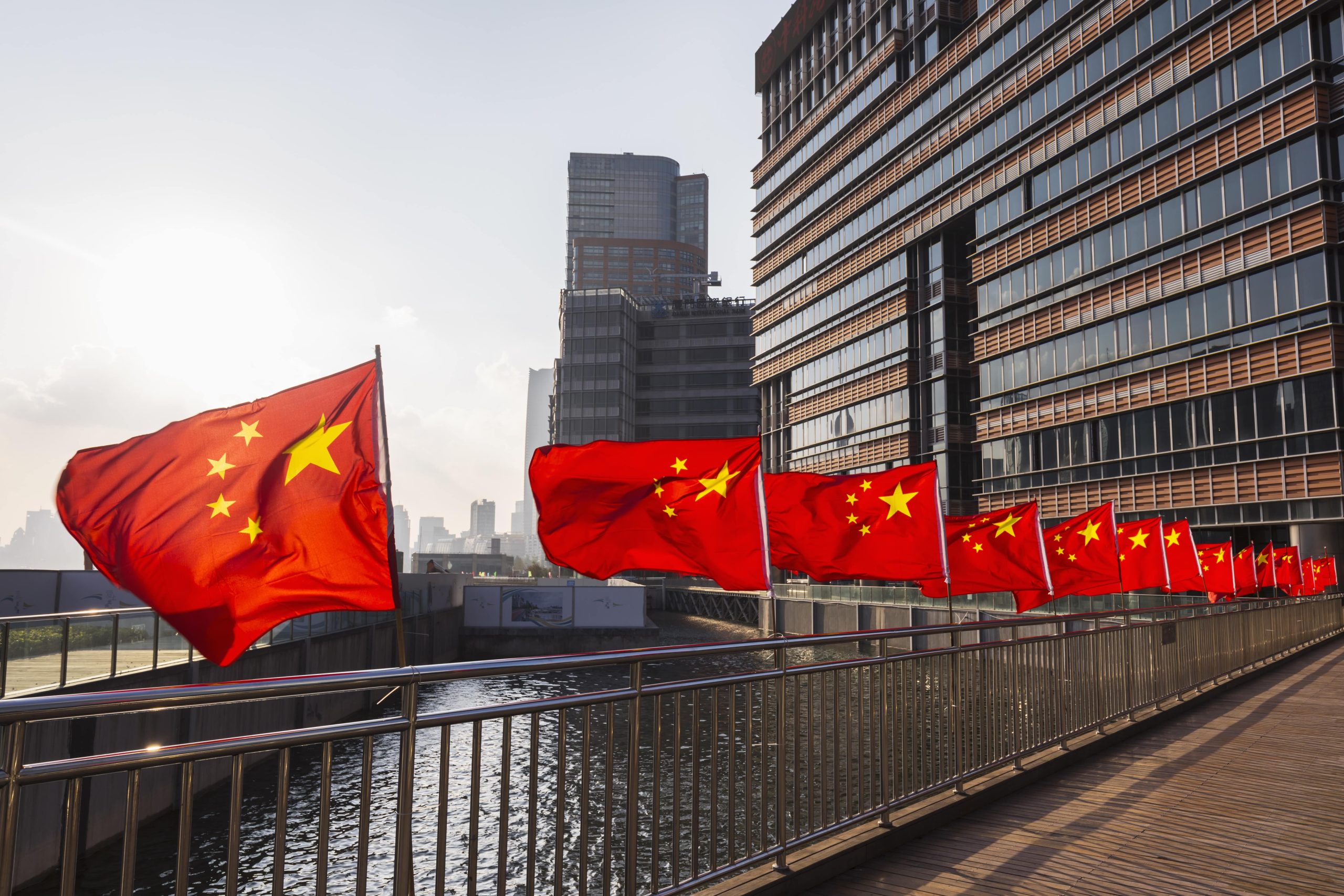The global trade landscape has been increasingly fraught with tensions, particularly between the United States and China. In a recent analysis, The Economist highlights that after six months of heightened trade disputes, China appears to be in a more stable position than the U.S. This commentary delves into the reasons behind China’s relative resilience and the potential pitfalls that could still jeopardize its trade outlook.
China’s Economic Adaptability
One of the primary reasons for China’s improved trade posture is its ability to adapt quickly to changing global conditions. The Chinese economy has shown a remarkable capacity to pivot in response to external pressures, leveraging its vast manufacturing capabilities and extensive supply chains. This adaptability allows China to maintain a competitive edge, particularly in sectors like electronics and textiles, which are critical to its export economy.
Three Key Factors Supporting China’s Trade Position
- Diverse Trade Partnerships: China has been actively expanding its trade relationships beyond the U.S., seeking new markets in Southeast Asia, Africa, and Europe. This diversification helps mitigate risks associated with reliance on any single country.
- Strong Domestic Demand: The growth of the middle class in China has bolstered domestic consumption, providing a buffer against external trade shocks. This internal demand can sustain economic momentum even when export growth slows.
- Investment in Technology: China’s strategic investments in technology and innovation have enhanced productivity. This focus on developing high-tech industries positions China favorably in the global market, despite trade challenges.
Potential Risks Ahead
While China currently enjoys a more favorable trade environment, several factors could pose risks to its economic stability. Ongoing geopolitical tensions, particularly with the U.S., could lead to further tariffs or sanctions, impacting trade flows. Additionally, global economic slowdowns, including potential recessions in key markets, could dampen demand for Chinese exports.
According to analysts, the interplay of these factors will be crucial in determining China’s trade trajectory. As trade dynamics evolve, investors should closely monitor developments in U.S.-China relations and their implications for global supply chains.
Conclusion
In summary, while China currently appears to be weathering trade tensions more effectively than the United States, the situation remains fluid. As highlighted by The Economist, the potential for new challenges looms on the horizon. Investors and traders should remain vigilant, considering both the strengths and vulnerabilities of China’s trade position as they navigate this complex global landscape.



